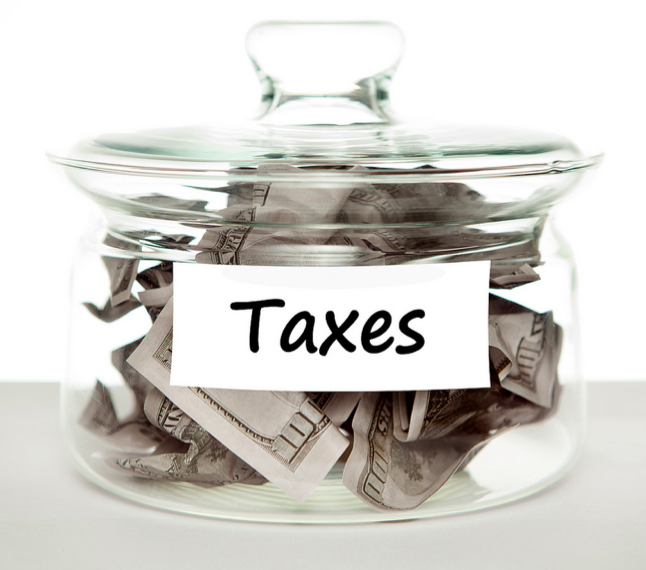Are ETFs Really Necessary Pros and Cons of the Investment Craze
Post on: 29 Май, 2015 No Comment

About
Everywhere you look, new exchange-traded funds are popping up. Many people think they’re a must-have for a successful portfolio. But even though investors have poured more than $1 trillion into ETFs, the question remains: Do you really need them?
ETFs have come a long way in the past 20 years. With 1993’s debut of the SPDR S&P 500 ETF (SPY ), investors got their first chance to buy and sell shares of an index fund on the open market throughout the trading day. Slowly but surely, new ETFs that tracked other popular market indexes, including the Dow Jones Industrials (^DJI ) and the Nasdaq 100, gained the interest of investors.
For most of those early ETFs, though, intraday trading was the real innovation. Mutual funds already tracked many of those indexes, giving investors alternatives to mirror their returns. But mutual funds only let you buy and sell once per day, and you were stuck with the closing price even if you placed your order early in the day.
In recent years, the number of ETFs on the market has exploded higher, with well over 1,000 funds available to investors. Now, ETFs track not just the best-known indexes, but also small niche markets that many typical investors may never have even heard of.
The Pros and Cons of ETFs
If you invest for the long haul, the daily trading aspects of ETFs aren’t really important. Low costs, on the other hand, make ETFs great bargains for fee-conscious investors. Some discount brokers even offer ETFs to their customers without any commission, giving you much greater access to the vehicles and making them more viable for investors who take a little money out of each paycheck to invest.
Unfortunately, the fee realm is where many new ETFs fall short. You might think that tracking smaller parts of the market would reduce fees, because the ETF would have fewer stocks to buy and sell than those tracking broader market indexes. But in reality, the opposite is often true. Many niche ETFs charge fees that can be 10 times or more what you’ll pay for a vanilla S&P 500 ETF.
Still, focused ETFs can give you exactly the exposure you want in a way that’s difficult to find elsewhere, even with traditional mutual funds. That’s why so many investors use them, especially in up-and-coming investment types like emerging-market stocks and bonds, as well as commodities and other alternative assets.
Related Articles
Pitfalls for the Unwary
You have to be careful with ETFs, though, as their simplicity can be misleading. One of the worst problems with some ETFs is when they fail to track the returns investors expect.
For instance, high-octane leveraged ETFs promise to give you amped-up exposure to a particular market, so if a market benchmark goes up a certain amount in a given day, the ETF might go up two or three times that much. But because those ETFs are keyed to daily returns, they usually don’t provide those double- or triple-sized returns over longer periods of time. In fact, in some cases pairs of leveraged ETFs designed to provide opposite daily returns both produce losses for long-term shareholders.
Another set of investments to watch out for are commodity ETFs that use futures contracts. Especially in the oil and natural-gas realm, conditions in the futures markets make it impossible for the ETFs to track long-term changes in spot prices. That can wipe out your gains in a rising market and make your losses even worse when commodity prices fall.
You could put together a perfectly solid portfolio without ever investing in a single ETF, as you can put together on your own a combination of individual stocks and traditional mutual funds that reflects the portfolio of almost any stock ETF you could buy. That said, though, if you’re choosy about sticking with only low-cost ETFs that beat their alternatives, then having ETFs in your portfolio can be a smart move.
Motley Fool contributor Dan Caplinger uses regular mutual funds and ETFs in harmony. He doesn’t own any of the ones mentioned here. You can follow him on Twitter here. The Motley Fool has sold shares of SPDR S&P 500 short .














